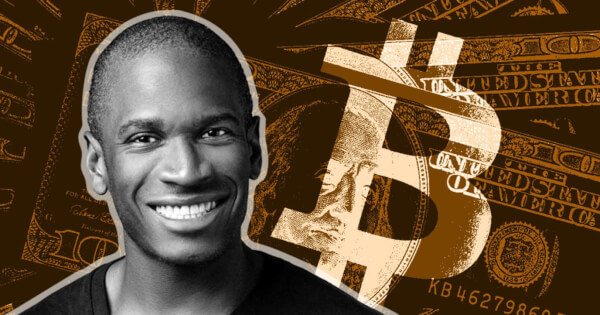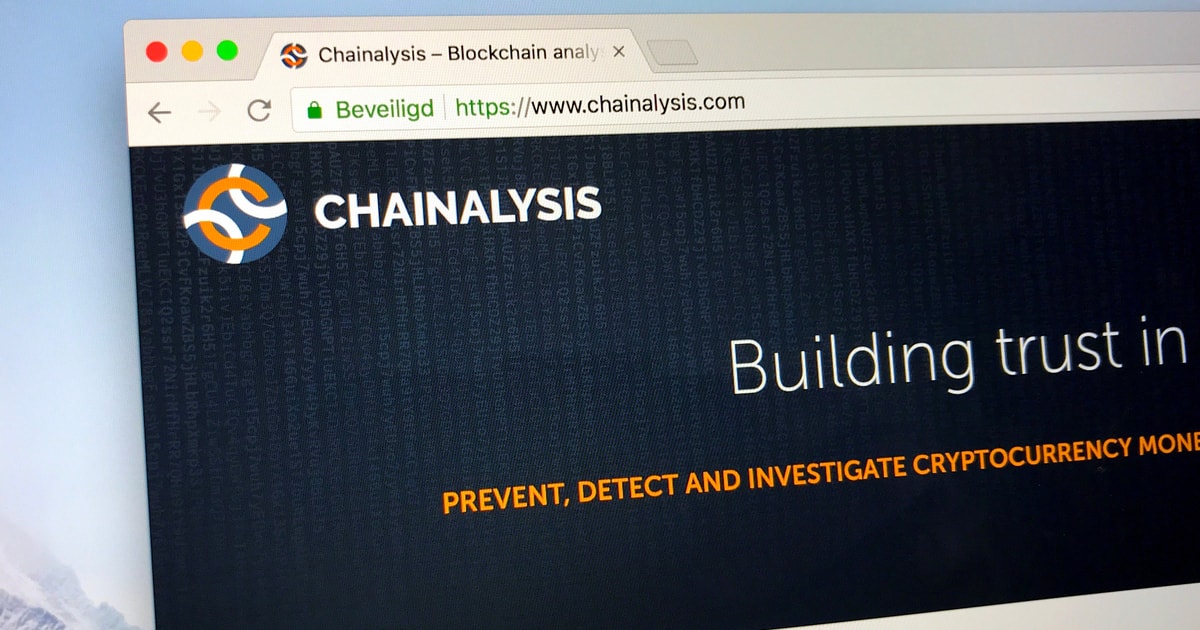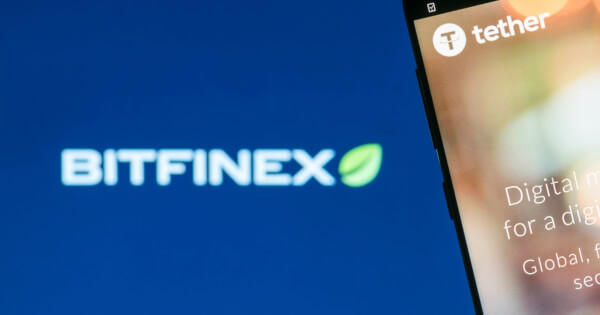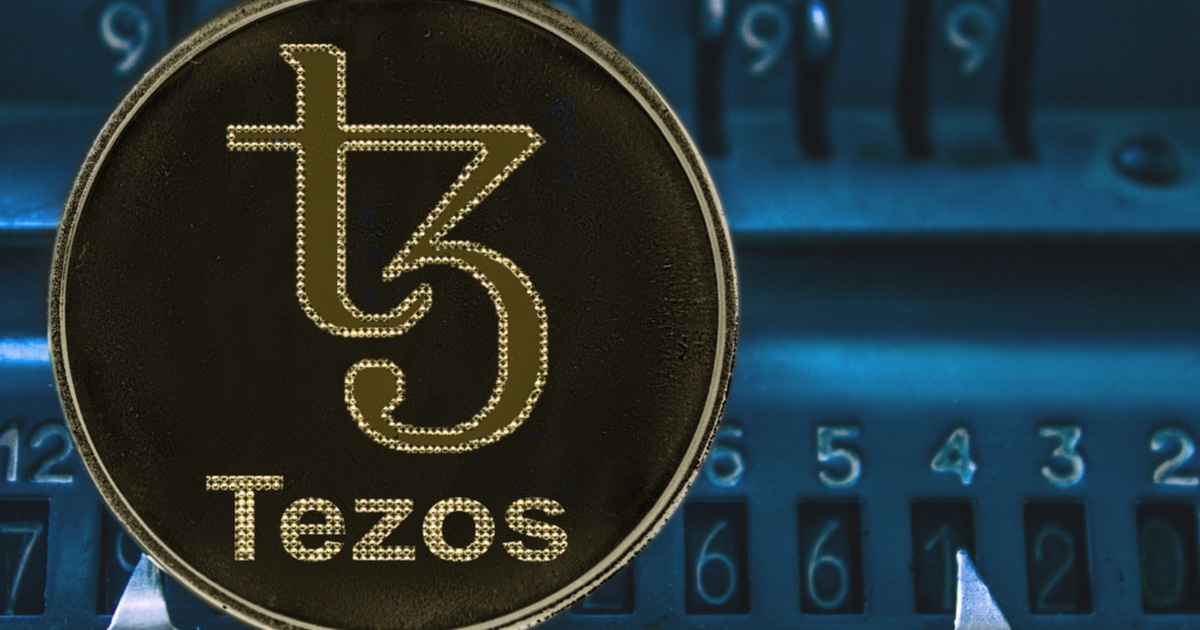
There is no need to fear: The cryptocurrency market in 2021 is much different than the market of 2017.
Challenges stimulate progress. Technology, pretty much like life itself, cannot be static. Only dynamics stimulate positive changes. Amid the collapse of the cryptocurrency market in mid-May, many retail and institutional investors began to lose faith in the bright future of cryptocurrencies in general and Bitcoin (BTC) in particular. Corporations and institutions, whales, and early adopters converged in a single impulse — the internet was overwhelmed by a wave of mistrust towards “cryptocurrency number one” as the best defensive asset, superior to gold and everything else that had been invented prior.
One needs to see the full picture here to realize what’s happening. The last time the market suffered more or less comparable and significant losses was a year ago, in March 2020. This year, the panic sell-offs caused by a series of negative events — Elon Musk’s Twitter crusade against BTC, the rumoured court case against Binance and the latest crackdown on crypto from the Chinese government — bring to mind the tremendous collapse of digital assets at the peak of many asset rates in December 2017 and the succeeding “crypto winter”.
Related: Experts answer: How does Elon Musk affect crypto space?
However, many people who have little understanding of how the cryptocurrency market functions do not realize the depth of changes that the space has been through in recent years. Emotions are the worst enemy of an investor or trader in a rapidly growing digital asset ecosystem. It is worthwhile to look dispassionately at the facts and analyze the changes to understand the true value of ecosystems growing on the fertile soil of the blockchain.
The wind of change
The investment mindset has changed in recent years. Even though it continues to be dominated by a highly speculative component, there is also a practical application for the settlement. Investors switched from short-term speculations to the long game. The number of Bitcoin ATMs has doubled since 2020. This dramatic rise clearly demonstrates a growing demand for the world's largest crypto assets. From a niche, the cryptocurrency industry has evolved into a multi-billion dollar industry.
Stablecoins — tokens pegged to their corresponding fiat asset such as the U.S. dollar, euro, etc. — have gained significant weight in 2020-2021. With the emergence of new platforms known as decentralized finance, or DeFi, protocols, opportunities appeared to offer profit without risks of the principal asset, for example. Such platforms are nothing more than distributed programs that provide clearing, custody and settlement services. Every year they take a larger piece of the pie from traditional financial institutions. The surge in activity in the environment of decentralized trading platforms also occurred because they do not have the same common vulnerabilities as centralized trading platforms in their infrastructure.
Decentralized exchanges outperform centralized exchanges in terms of trading volume, demonstrating a thousandfold growth in trading volumes in the last year alone. Interfaces for interacting with DeFi can be created by any programmer anywhere globally, and the essence of this interaction is the development of a financial ecosystem running on the global blockchain. By now, DeFi's market capitalization has reached over $100 billion, and this trend will undoubtedly continue soon.
Related: The rise of DEX robots: AMMs push for an industrial revolution in trading
Speaking of examples, we can outline that even large companies like Deutsche Telekom have abandoned private blockchains and are studying public infrastructure, supporting nodes in networks such as Ethereum, Solana, Algorand, Celo, etc. This fact suggests that the world of decentralized finance is gaining ground in the global market for clearing, custody and settlement services — just as Bitcoin had previously secured the status of a shielding asset, removing gold from its throne.
We observe that corporate demand accelerated when real rates on dollar deposits turned negative (central bank rate minus inflation). Inflationary expectations have intensified over the past year, fueling demand for long-term capital preservation. Today, Bitcoin is successfully winning the hearts and minds of not only speculators and hedge funds who, realizing the inevitability of the devaluation of dollar balances, vote with their money and transfer some of the treasury liquidity into digital assets.
Related: Forecasting Bitcoin price using quantitative models, Part 2
There are still challenges
Meanwhile, divergence in the regulatory approach continues. Some jurisdictions have created bills, but they have no practical application. At the same time, other countries are just at the beginning of the road to create regulations, and some banally prohibit the use of cryptocurrencies — the recent example of China being a case in point.
In the United States, for example, banks were allowed to provide custody services for cryptocurrency assets. The emerging markets of such countries as China, Russia and India stand apart, rushing from fire to fire, remaining uncertain and trying to propagandize something at the state level, offering potential investors the so-called "technological candy." Unfortunately, in practice, all projects that reach the world level often move to other jurisdictions — which is very sad.
Related: Stablecoins present new dilemmas for regulators as mass adoption looms
The future of the cryptocurrency sector is undoubtedly optimistic. Any period of "cleansing" and dumping of price ballasts, correction and decline, should be perceived as another round of evolution. In the near future, we should expect that investors will switch their attention from meticulous market monitoring, hype regarding coins (which does not carry any value to the community) and the expectation of new price records to the construction of products in developing areas. The cryptocurrency sphere is expecting the emergence of more convenient, reliable and accessible interfaces for mainstream investors interacting with the digital asset market, as well as 3.0 generation blockchains — for which fierce competition will erupt in the next few years.
This article does not contain investment advice or recommendations. Every investment and trading move involves risk, and readers should conduct their own research when making a decision.
The views, thoughts and opinions expressed here are the author’s alone and do not necessarily reflect or represent the views and opinions of Cointelegraph.

You can get bonuses upto $100 FREE BONUS when you:
💰 Install these recommended apps:
💲 SocialGood - 100% Crypto Back on Everyday Shopping
💲 xPortal - The DeFi For The Next Billion
💲 CryptoTab Browser - Lightweight, fast, and ready to mine!
💰 Register on these recommended exchanges:
🟡 Binance🟡 Bitfinex🟡 Bitmart🟡 Bittrex🟡 Bitget
🟡 CoinEx🟡 Crypto.com🟡 Gate.io🟡 Huobi🟡 Kucoin.















Comments